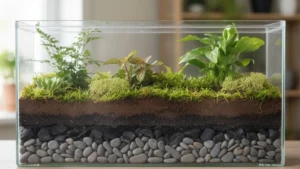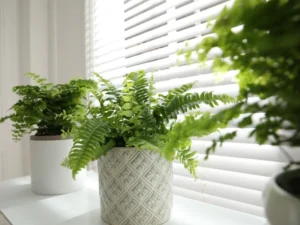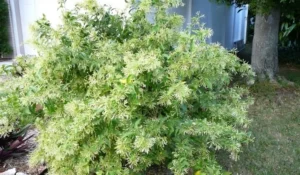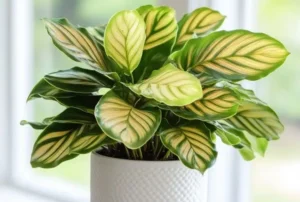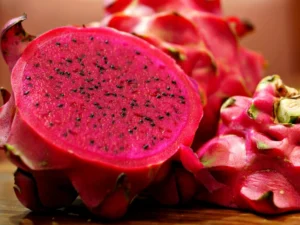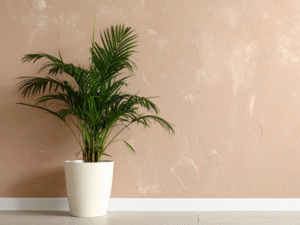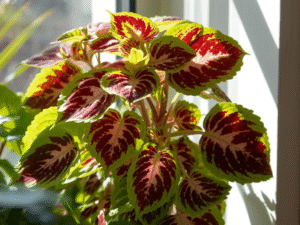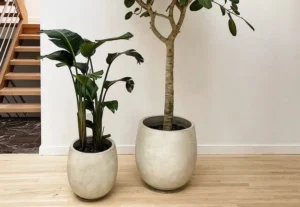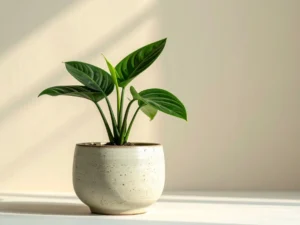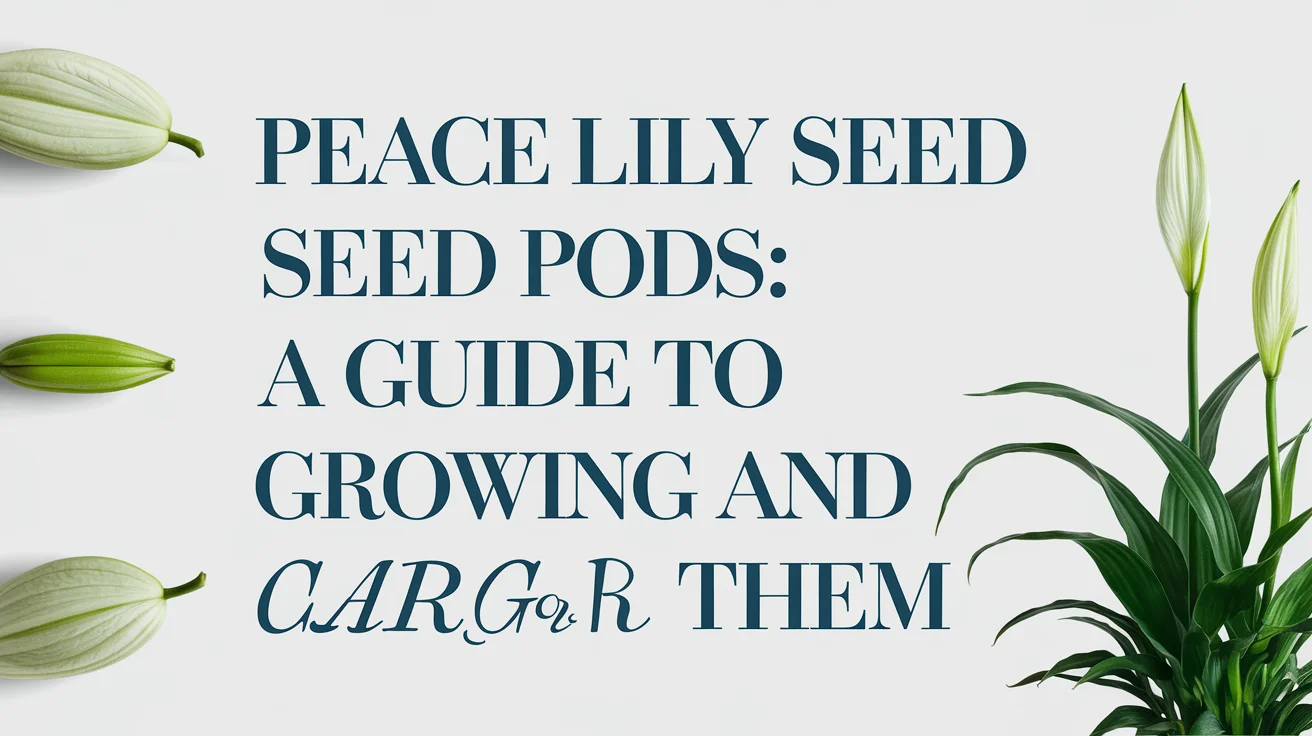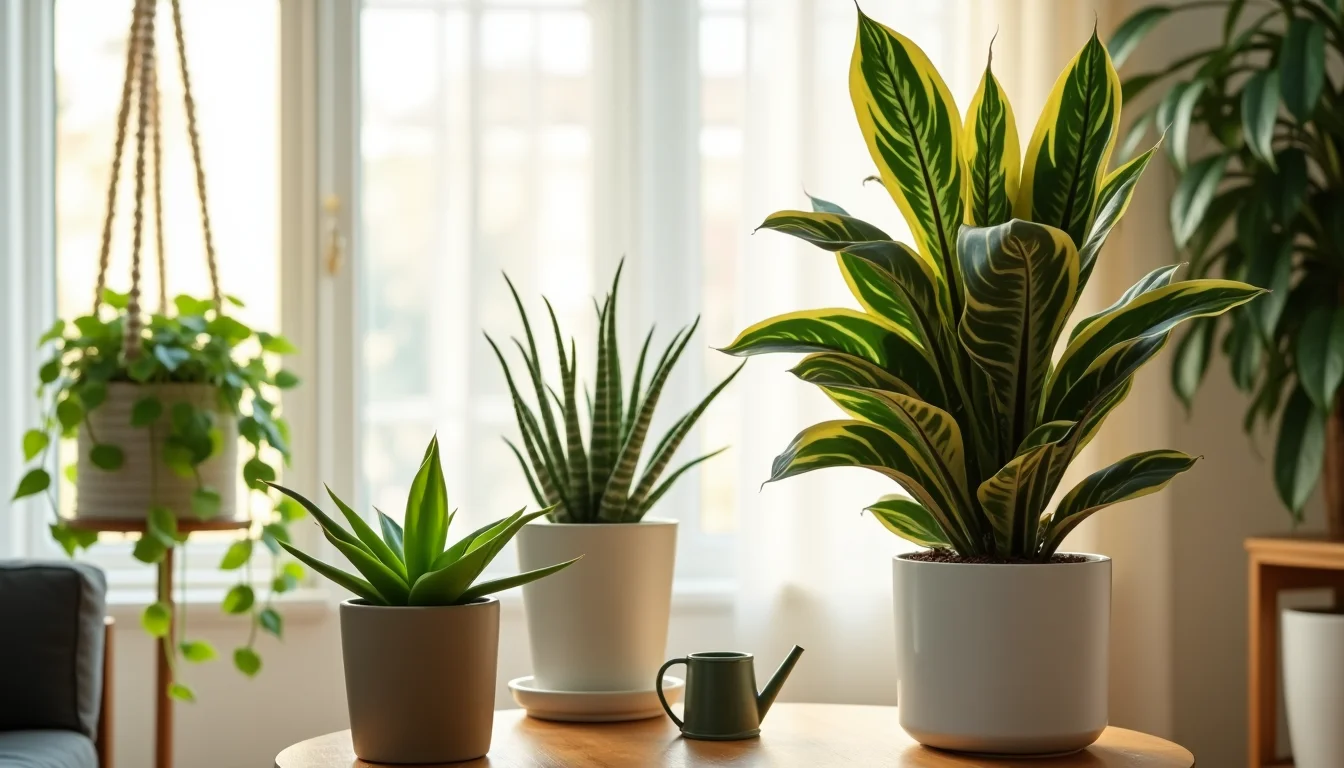Fertilizing Your Plants at the right time is a vital aspect of gardening that determines your success. Most gardeners focus on picking the right fertilizer, but don’t think about how timing matters as much as the product. Your plants could suffer damage from cold weather if you apply fertilizer at the wrong time, especially when you have tender new growth in late fall or winter.
Plants need different fertilization schedules throughout the year. The optimal time comes in early spring as plants wake up from dormancy and start their main growth phase. Late October or early November works well, too. This timing helps stimulate one final burst of root growth that protects plants through the winter months. Getting these seasonal windows right is a vital part of garden success.
Many gardeners skip soil testing before adding nutrients. This practice guides them to either use too much or too little fertilizer, and both can harm plants. Woody plants do well with three pounds of nitrogen per 1,000 square feet. Perennials need just one pound per 1,000 square feet in spring. The right timing and amounts protect your plant’s health and make the most of your garden investment.
Why timing matters more than you think
The timing of fertilizer application plays a crucial role in how plants grow, thrive, or struggle through their life cycle. Plants absorb nutrients differently based on their growth stage. Your gardening success depends on providing the right nutrients at the perfect moment.
How fertilizer affects plant growth stages
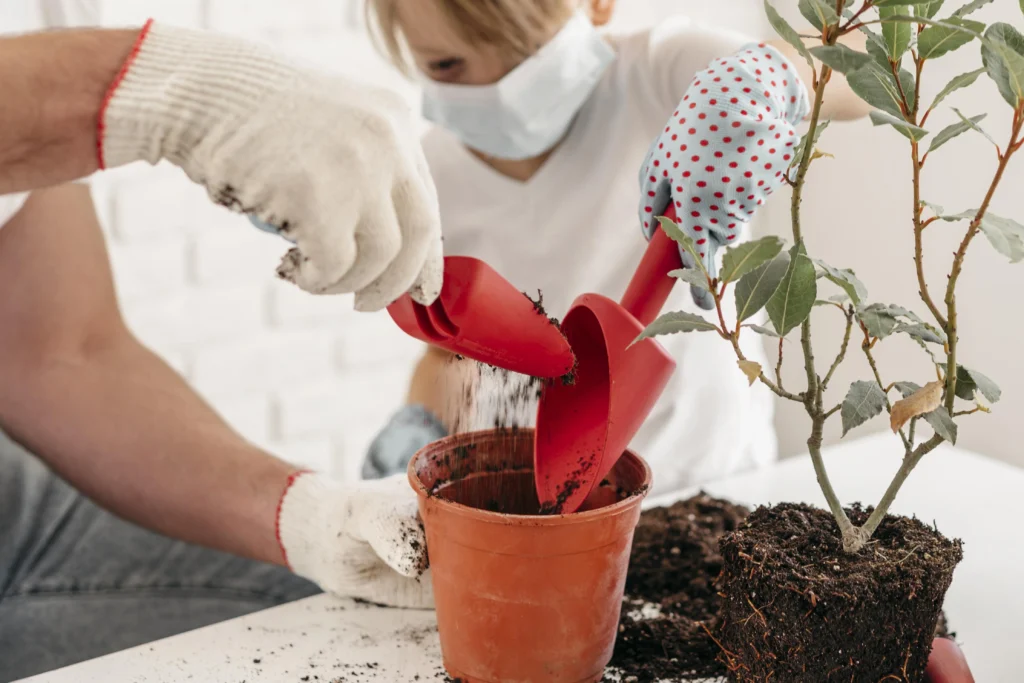
Each development phase requires specific nutrients for plants. The seedling stage focuses on building strong roots and first leaves that determine future success. Heavy nitrogen fertilizers can damage these delicate seedlings during this critical phase.
Plants need different nutrients as they grow into their vegetative phase. They need plenty of nitrogen to support quick leaf and stem growth. Research reveals that properly fertilized plants showed a 17.7% increase in height. Their stem diameter improved by 15.5% within 40 days after planting.
The flowering and fruiting stages need less nitrogen but more phosphorus and potassium. Phosphorus helps flower development, while potassium protects the plant from disease and stress. Scientists found that adjusting nutrients correctly during this phase can make fruits weigh up to 97.4% more than unfertilized plants.
The risks of fertilizing too early or too late
Wrong fertilizer timing leads to serious problems. Plants cannot fully benefit from fertilizers applied outside key growth phases. Here’s what can go wrong:
- Fertilizer burn happens when too much nitrogen salt scorches plant leaves and damages roots
- Excessive growth creates weak new shoots that cold weather easily damages
- Disrupted dormancy cycles occur because late-season fertilizer forces unwanted growth before winter
- Wasted nutrients leak away before dormant plants can use them
Wrong fertilizer timing also harms the environment through nutrient runoff. Extra nitrogen-rich fertilizers flow into water bodies and cause eutrophication, which damages water quality. Woody plants should never receive fertilizer in late summer or early fall. This timing triggers new growth right when trees and shrubs prepare for dormancy.
Smart gardeners check their plants’ growth stage and seasonal timing before applying fertilizer. This strategy helps plants absorb nutrients better while protecting the environment and saving resources.
Understanding seasonal fertilizing windows
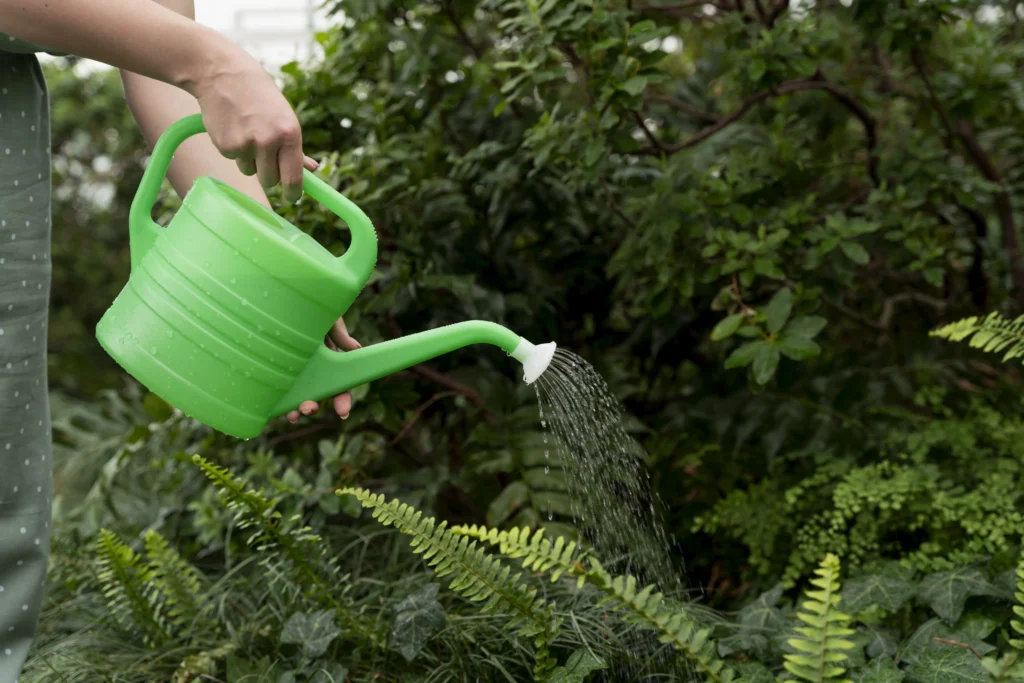
Your garden’s fertilizing needs change with the seasons. Plants require different nutrients throughout their growth cycles, and a seasonal approach will lead to gardening success.
Spring: the growth kickstart
Spring offers the best time to fertilize most plants as they wake up from dormancy. The right time to apply fertilizer falls between February and April, when your grass turns green and needs its first mowing.
Most ornamental trees and shrubs need fertilizer at bud break when active growth begins. Notwithstanding that, gardeners in zones with late freezes should wait until after their area’s last frost date to protect tender new growth. On top of that, it helps to mix fertilizer into garden soil before planting spring vegetables.
Fall: preparing for dormancy
Plants need fall fertilization between late October and November to build strength before winter dormancy. Trees store more carbohydrates this way to improve winter survival.
Trees respond best to fertilizer about one month after the first killing frost, which usually happens from late October to early November. Your focus should be on fertilizers with higher phosphorus and potassium but lower nitrogen to help root development instead of new foliage.
Summer: when to pause or go light
Summer heat demands careful fertilizing. You should avoid fertilizer during drought or when lawns go into heat-induced dormancy. More importantly, trees and shrubs under drought stress should not receive fertilizer since they need adequate soil moisture to absorb nutrients. Summer fertilizing works best early in the morning or evening when it’s cooler. Slow-release formulations at lower rates work better in summer.
Winter: Why you should stop
Winter sends most plants into dormancy with slower metabolism and minimal nutrient requirements. Therefore, fertilizing dormant plants wastes resources because they can’t use the nutrients effectively. All but one of these plants, including evergreens, almost completely stop growing. Only indoor houseplants might need minimal fertilizer at ¼ strength if they show nutrient deficiencies or keep growing under grow lights.
Different plants, different schedules
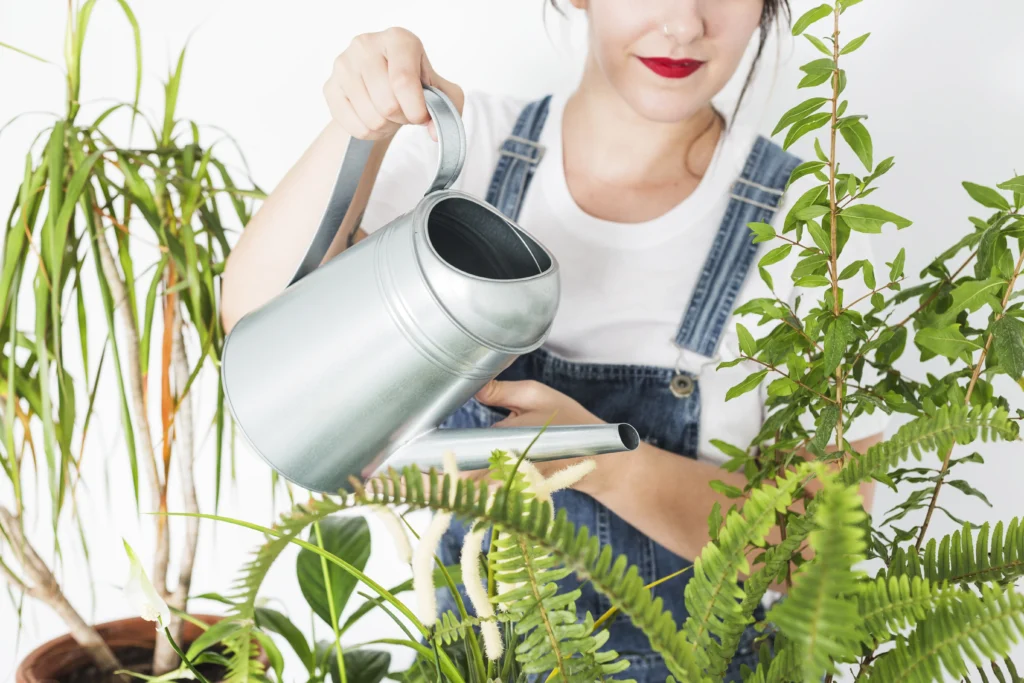
Plants have different nutritional needs. Each type of plant needs its fertilizing schedule to grow well and stay productive. Learning about these differences helps gardeners avoid using too little or wasting nutrients.
Vegetables and fruits: heavy feeders
Gardens with vegetables need more nutrients because many plants use up soil nutrients faster. Tomatoes, peppers, corn, squash, melons, cucumbers, broccoli, and cabbage belong to this group. These plants grow better with regular feeding throughout their season. Most heavy feeders need fertilizer every 3-4 weeks for the first 9 weeks after planting.
Broccoli and cauliflower should get fertilizer three weeks after transplanting and every three weeks until they crown. Tomatoes need fertilization just before the first fruit ripens and again two weeks after picking begins. The nutrients work best when applied at the “drip-line” instead of directly at the stem to avoid burning.
Perennials and shrubs: once or twice a year
Perennial flowers and shrubs need less fertilizer than vegetables. Many experts suggest skipping fertilization when plants grow in healthy garden soil. Too much fertilizer often leads to floppy growth and fewer blooms.
A single application in early spring works best for most perennials when new growth appears. Daylilies, peonies, mums, and tall phlox need more food and benefit from spring feeding plus another dose after blooming. Late summer or early fall fertilizing should be avoided because new growth won’t toughen up before winter.
Houseplants: monthly or less
Indoor plants follow different fertilizing patterns based on their growth cycles. They need to be fed every three to four weeks during their active growth period in spring and summer. Most houseplants rest in winter and require little to no fertilizer.
Diluted fertilizer works best for houseplants, usually at half or quarter strength compared to outdoor plants. Weekly applications at quarter strength can replace monthly feeding with water-soluble fertilizers for steady nutrition.
Lawns and turf: spring and fall focus
The best times to feed lawns are spring and fall. We feed grass first in early spring (March-April) when growth begins. Fall feeding (September-October) is a vital step that helps lawns bounce back from summer stress and prepare for winter.
This is a big deal as it means that cool-season grasses like bluegrasses and fescues grow stronger roots with fall feeding. Warm-season grasses like bermudagrass and zoysia need less food late in the season as they go dormant. A healthy lawn typically requires 2-3 pounds of nitrogen per 1,000 square feet spread across these key feeding times.
How to apply fertilizer the right way
The right way to apply fertilizer is just as important as picking the best time to use it. Your method and the amount you use can make plants thrive or cause damage to your vegetation.
Granular vs. liquid vs. slow-release
Granular fertilizers feed plants steadily and work well economically for bigger areas. They last several weeks or months, so you won’t need to apply them often. Liquid fertilizers give plants quick access to nutrients and spread evenly, but need more frequent applications.
Plants take up liquid fertilizers right away, which helps fix nutrient problems quickly. Slow-release fertilizers are a great middle ground that feed plants gradually over six to eight weeks and don’t leak into the environment as much.
Watering before and after application
Your lawn needs a good soaking a day or two before you add fertilizer. Water right after spreading granular products to help dissolve them and get nutrients down to the roots. This vital step keeps fertilizer from burning plants by washing nutrients off the leaves into the soil. If you use liquid fertilizers, wait 12-24 hours before watering so the leaves can soak up the nutrients properly.
Avoiding leaf burn and runoff
Leaf edges turn brown or get scorched when too much fertilizer burns them. Here’s how to prevent damage:
- Stick to recommended amounts – adding extra won’t help
- Clean up any granular fertilizer that lands on leaves
- Skip fertilizing if rain or wind is coming
- Keep fertilizers away from water sources
Nutrients that wash away pollute water and create harmful algae blooms. A soaker hose helps control watering and keeps nutrients in place.
Reading and following label instructions
Labels tell you everything about nutrients and how to apply fertilizers correctly. You’ll find details about nutrient analysis, slow-release nitrogen percentages, and how to use the product. Each fertilizer needs specific application methods – broadcasting works for big areas, while banding targets plant rows. Potted plants need fertilizer diluted to quarter-strength to protect their roots. Using these techniques the right way will give your plants the most benefit while protecting the environment.
Conclusion
The right timing for fertilization can revolutionize your garden’s results. This piece shows how poor timing wastes resources and can damage your plants. Your outcomes will improve when you match fertilizer applications to plant growth cycles instead of just picking the right product.
Different plants need distinct nutrients. Your vegetables need regular feeding in growing seasons, while perennials do well with just one or two yearly applications. Feed houseplants monthly when they grow actively, but cut back during winter rest. Your lawn needs strategic spring and fall applications to support root growth and winter hardiness.
Seasonal timing plays a crucial role, too. Plants respond best to fertilizer in early spring as they wake from dormancy. Fall applications help strengthen roots before winter sets in. Summer heat calls for careful fertilizing, if any at all. Most plants can’t use nutrients while dormant, so winter applications go to waste.
Your application method matters as much as timing. Pick granular, liquid, or slow-release formulas based on what your garden and plants need. Your results will improve a lot when you water properly before and after, follow label instructions, and protect leaves from burning.
Match your fertilizing schedule to natural plant cycles and you’ll save money while growing stronger, healthier plants. Good gardening isn’t about using more products; it’s about using them at the right time and in the right way.


